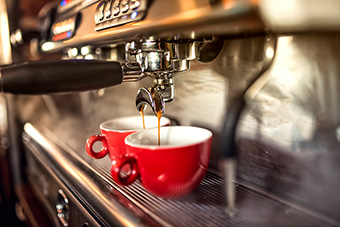Travel Guide Cumaná
Find an accommodation
Advertising
Formerly the large united tribes of the current Cumaná area lived in Palm huts and lived on fishing, barter and yuca culture. They held the natural forces and shamans, both sorciers and doctors, a flawless love. A first Spanish town in mainland America, we have to go back to 1515 to see the débarquer coming from Santo Domingo. After the first chapel, the first mass… the machine to evangelize the indigenous peoples is on the march. In 1520, a slave from Cubagua came to search for new esclaves slaves to replace those who perished in the job! He then captured Indians for resale. The inhabitants under the command of Cacique (Indian leader) Maraguey revolt and attack the missions. One year later, the Santo Domingo Hearing commanded Gonzalo de Ocampo to pacify the region, which he did in particular by building two forts, and by rebaptisant the city Nueva Toledo. The failures and refondations of the city succeeded until 1569, when the conquistador, Diego Fernandez de Serpa, settled Cumaná permanently. Thereafter, she will take the lead in one of the most prosperous regions of the general Harbour of Venezuela. It is also the city where the independence leader, Simón Bolívar, was born: Mariscal de Ayacucho Antonio José de Sucre in 1795 (died in 1830). Today, the state capital of Sucre is an active city of 330 000 inhabitants, located 400 km east of Caracas. Unfortunately, little remains of the colonial city (due to earthquakes in 1684, 1765 and 1929), apart from a fort, two or three streets around the town of Bolívar and a few clochers that can still be seen, thanks to a law that prohibits building building in town. However, it is a good thing to walk.
What to visit Cumaná?
Advertising
Weather at the moment
Advertising
Organize your trip with our partners Cumaná
Transportation
Book your plane tickets
Car Rental
Boat rental
Accommodation & stays
Find a hotel
Holiday rental
Find your campsite
Tailor-made trip
Immersion travel
Services / On site
Activities & visits
Find a doctor













